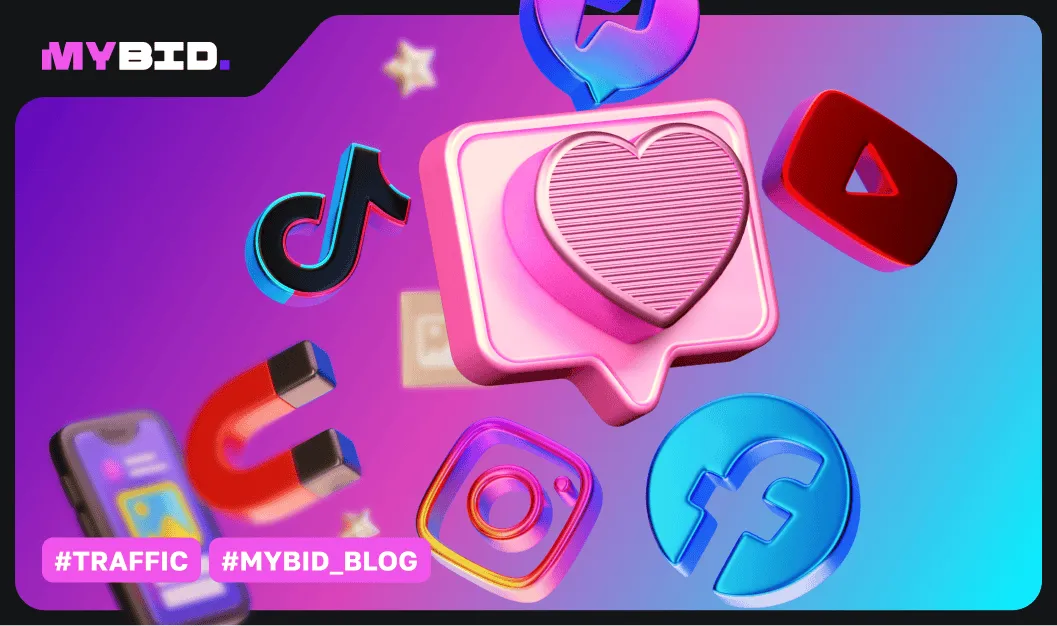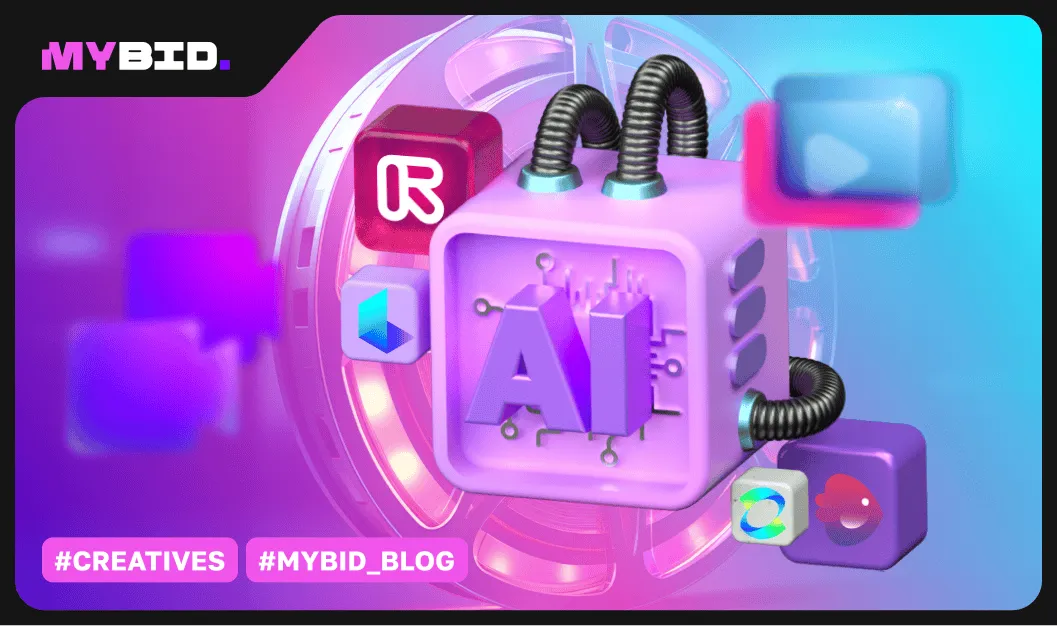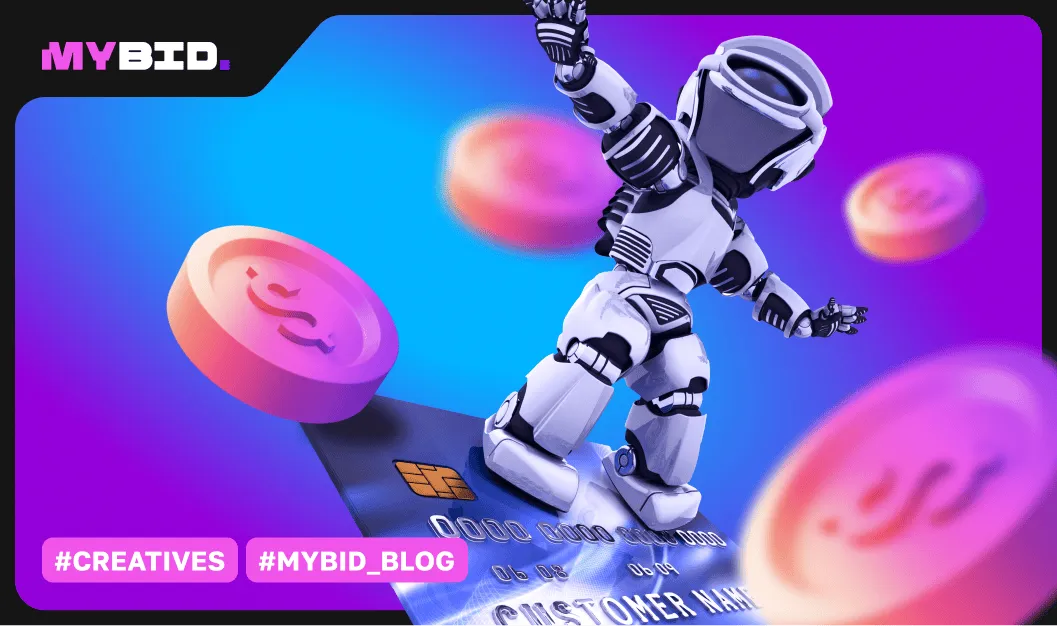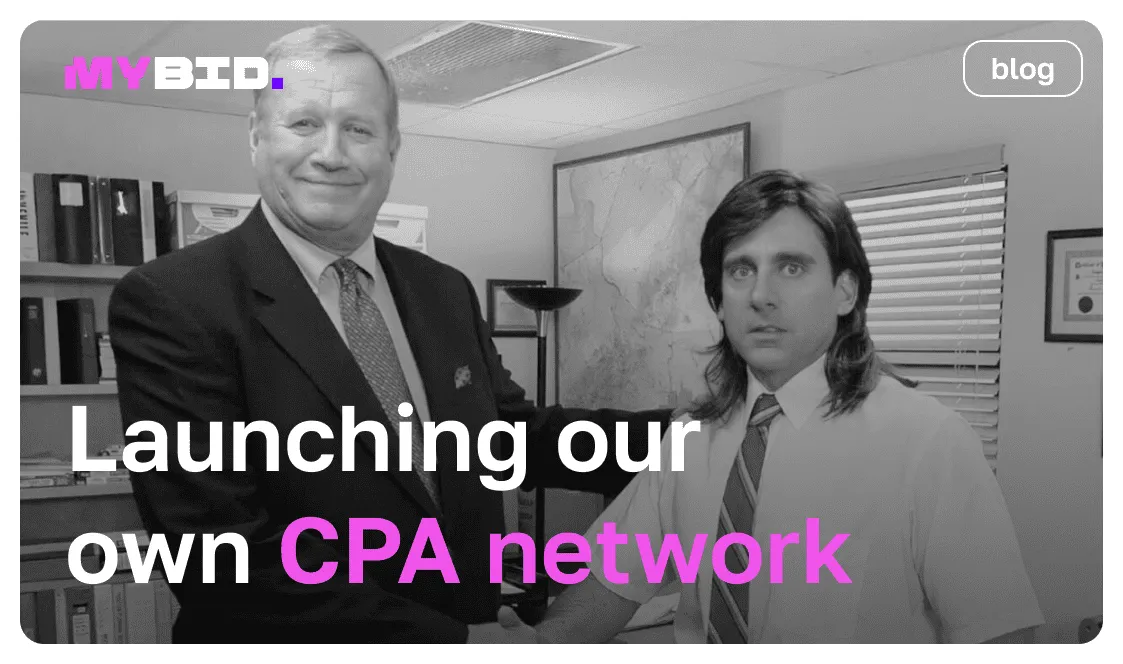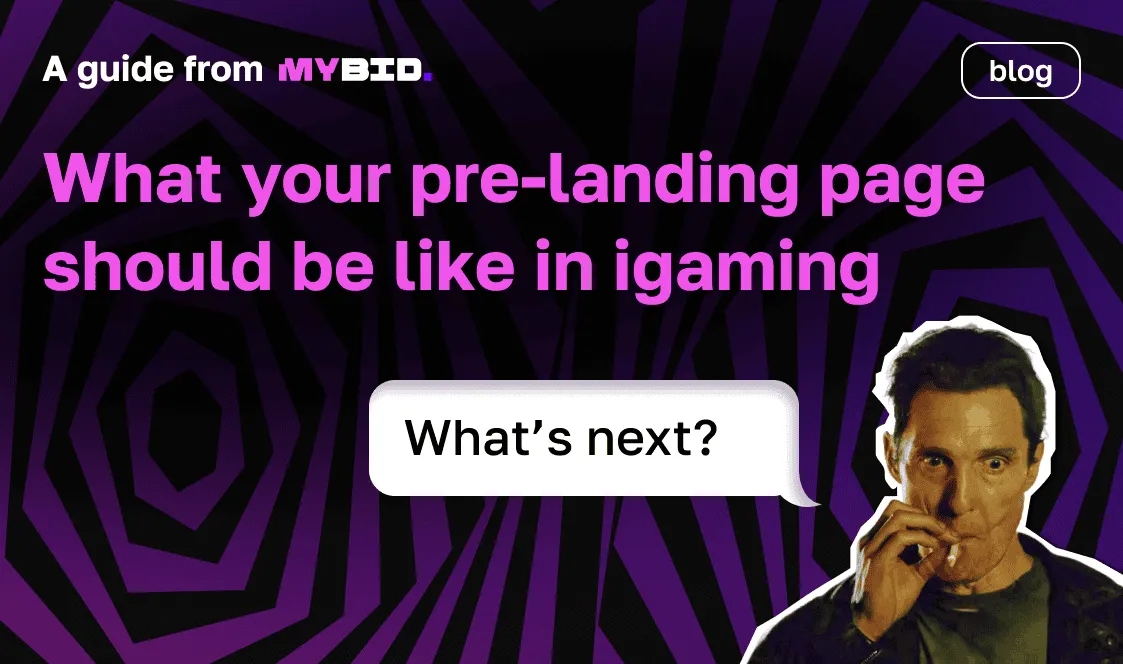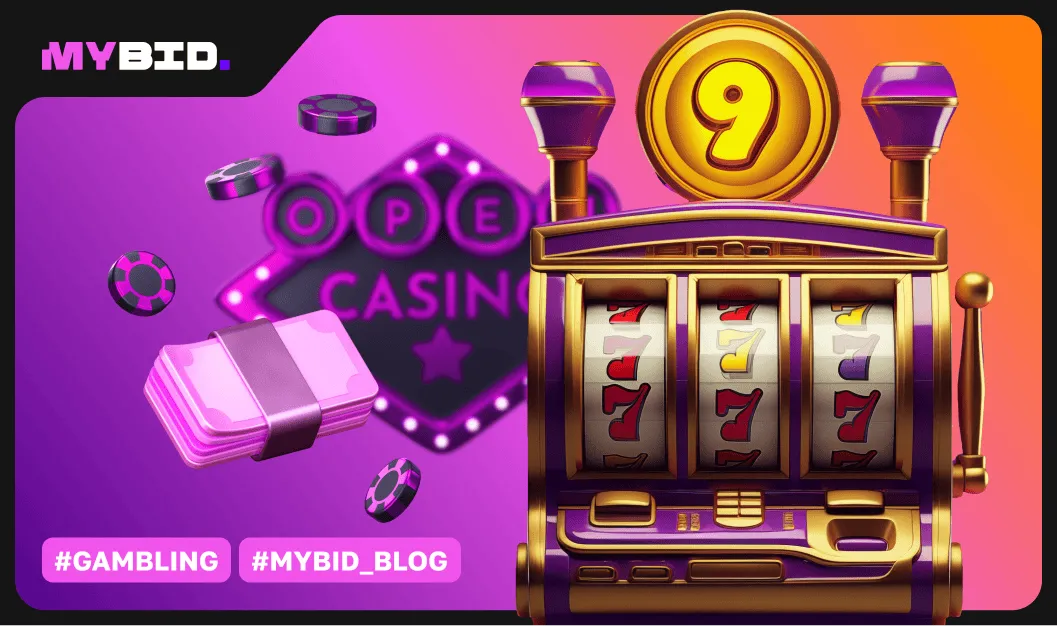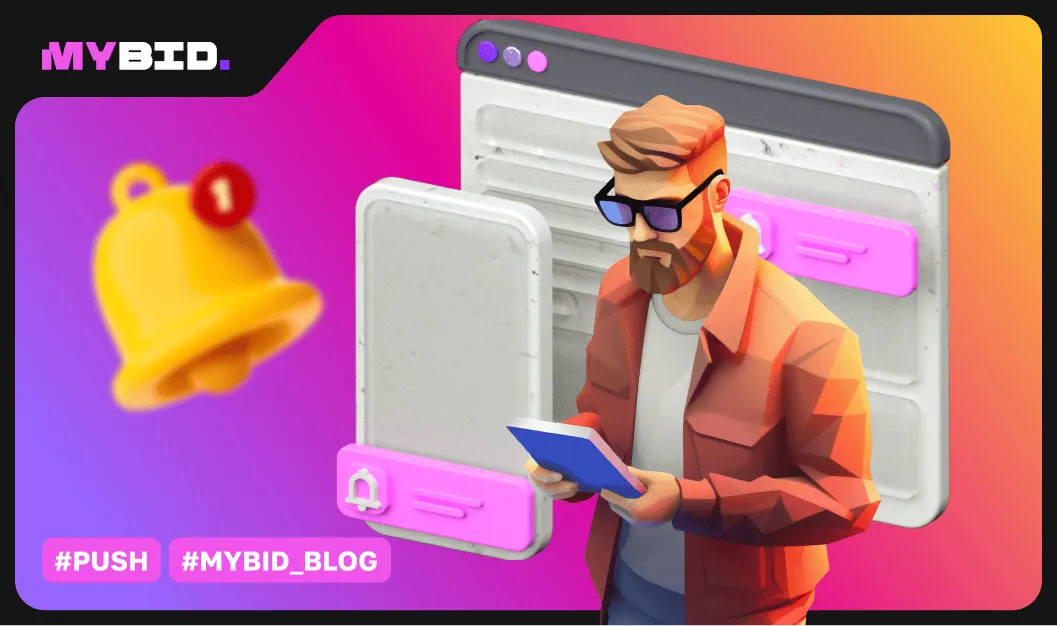In the age of digitalization, the success of a website is closely tied to the amount of traffic it receives. Traffic is more than just a statistic; it's like the lifeblood that keeps an online business thriving, strengthens a brand's position, and turns casual users into loyal customers. Understanding how to acquire users is a crucial aspect of digital marketing that can have a profound impact on your online presence.
The importance of website traffic goes beyond mere numbers. The goal is to attract the "right eyes" – potential clients who are genuinely interested in what you have to offer. Whether you're purchasing traffic or generating it organically, each visitor presents an opportunity to engage, convert, and build a community around your brand.
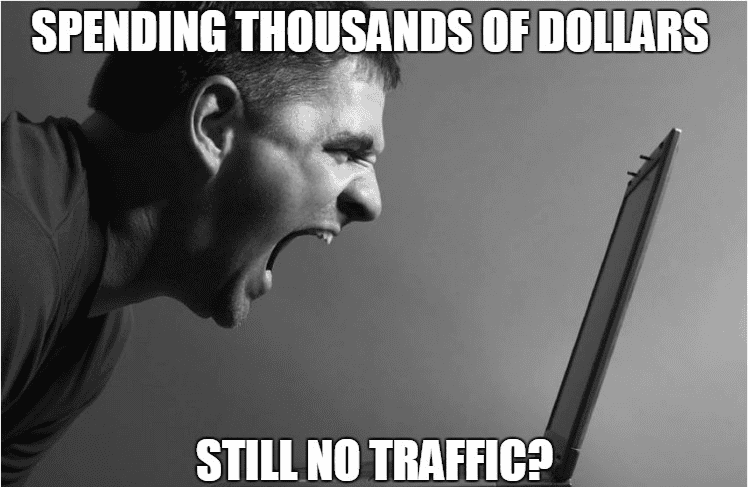
Traffic sources and strategies for attracting visitors and potential customers to your website
So, the main objective is to get more customers to visit the site. There are different ways to achieve this, each with its pros and cons. While there are many methods to choose from, in the following section, we'll focus on the 5 most effective ones:
Contextual advertising
Contextual advertising is a method of driving traffic to your website by placing ads on search engine pages or other websites. These ads are only shown to users whose search queries or the pages they're viewing align with the context of your offer. It can take the form of direct links, banners, or embedded YouTube videos. It's pretty cool, isn't it? It allows us to reach out to people who might need our products or services but don't realize it yet.

Pros:
- Speaking directly to a warm audience significantly boosts conversion rates.
- Users tend to have a high level of trust in contextual advertising.
- Traffic starts flowing in immediately after launching the campaign.
Cons:
- Contextual advertising can be expensive, especially if you attempt to set it up without professional assistance or in a competitive industry. Plus, if you decide to turn off the advertising, the flow of traffic to your site will stop instantly.
Fortunately, these challenges can be overcome. To address them, it's essential to accurately identify your target audience and increase the relevance of your ads by using keywords that align with the needs of potential buyers. Additionally, don't be afraid to experiment with different strategies, creative ad variations, and audience segments. Continuously monitor the results and retain only the best-performing elements.
- SEO (Search Engine Optimization)
Every word on your website matters because it is not only read by users who may be interested in your product or service but also by search bots that determine the relevance and quality of your page. If you're unfamiliar with SEO, it's time to learn about it.
SEO involves carefully selecting and using keywords so that potential leads can easily find your content on the internet. It also involves optimizing your site's structure for fast loading and ensuring it is mobile-friendly.
One common mistake in SEO is prioritizing keywords over the uniqueness and usefulness of your content. While using keywords is important, it is equally crucial to provide valuable and original material to your audience. A qualitative approach will yield better results, even though it may not generate as much traffic as a purely keyword-focused approach.
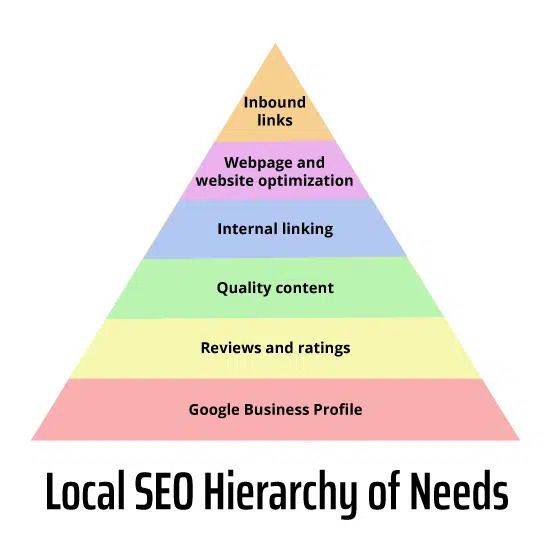
Pros:
- It generates a consistent source of traffic to the site over an extended period.
- It helps increase the domain authority and builds trust with both users and search engines.
Cons:
- It requires time to analyze, develop a strategy, and implement it effectively. Ideally, a dedicated team member should handle this aspect.
- The results of SEO efforts are not immediate. It's important to understand that SEO is a long-term investment that requires patience and persistence.
By investing in SEO, businesses can improve their online presence, attract organic traffic, and establish themselves as authoritative sources in their respective industries.
- Targeted advertising
Targeted advertising is like using a bow and arrow, but instead of shooting arrows, we send out advertising messages to specific groups of people who are likely to be interested in our products or services. The main goal is to hit the bullseye by delivering our message to the right audience.
To make targeted advertising work, we need two key things: a clear understanding of who our typical website users are (their age, geo, hobbies, even their dog's name!) and the platform where we'll display our ads (like Google or Facebook). Once we have this information, we create eye-catching ads, set up advertising campaigns, and attract the cream of the crop in terms of website traffic.
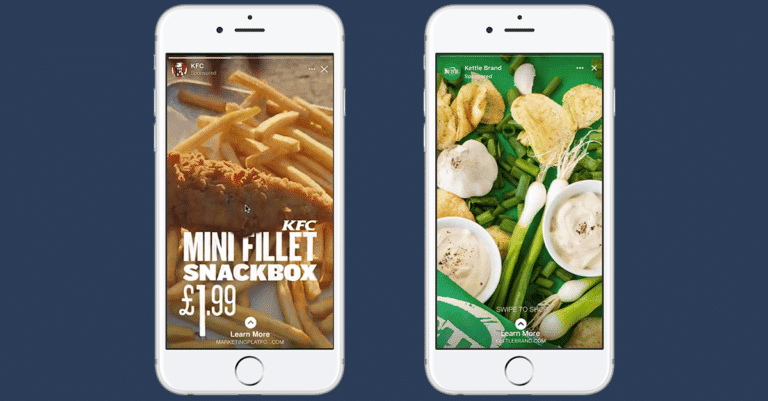
Pros:
- Increases marketing efficiency and improves the user experience by delivering relevant ads to the right audience.
- Can be adjusted to fit any budget, allowing even small investments to generate results.
Cons:
- Banner blindness is a common issue, where people have become so accustomed to advertising that they often ignore it or, in some cases, even complain about it.
- In competitive industries, the cost per impression for creative ads may be unreasonably high, making it challenging to drive traffic effectively.
- Promoting on social networks
Promoting your business on social networks is crucial in today's digital world. With around 5 billion people using social media regularly according to data from Statesman, it would be a big mistake to overlook this massive pool of potential customers.
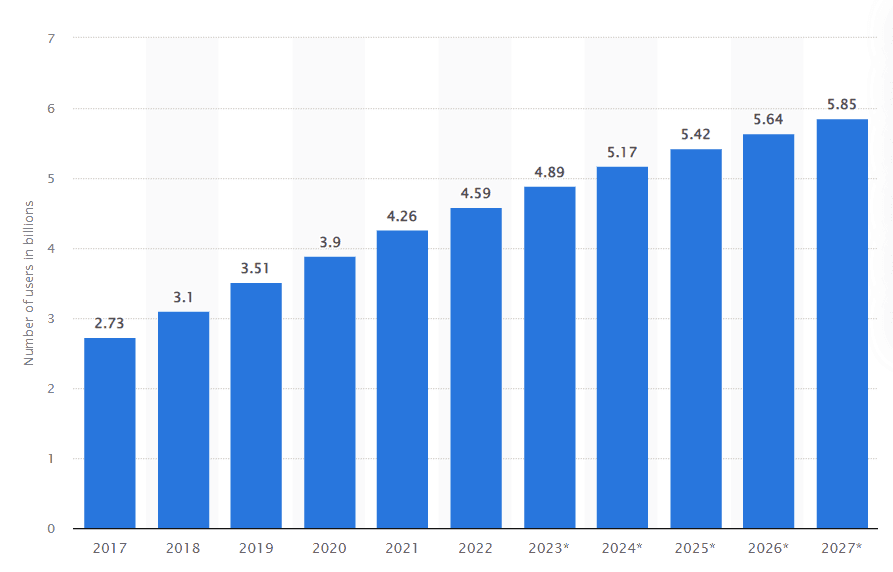
Pros:
- It's relatively easy to reach and engage with the right audience on social media platforms.
- Promoting your business on social media is affordable, with prices comparable to hiring a social media manager.
Cons:
- Don't expect instant results. Building a following and driving traffic to your website through social media takes time and may not happen quickly without additional investments.
- Once you start using social media for marketing, it can be challenging to stop. Abruptly leaving social networks can lead to a loss of audience trust and a decrease in website traffic.
- Not every business will benefit equally from having a presence on every social media platform. For example, if you sell crushed stone, contextual advertising might be a more effective strategy than maintaining an Instagram page.
- Instant messaging platforms
Instant messaging platforms like Telegram, WhatsApp, and Viber offer a direct way to connect with your audience. It's not about sending spammy messages, but rather engaging with those who are genuinely interested. People can reach out with questions or place orders, or they can subscribe to receive content directly through these messengers.
Pros:
- Real-time communication allows for fast customer support. This is often overlooked, but every minute of waiting can impact website traffic.
- Direct messaging platforms provide a more personal and immediate connection with your audience, enhancing engagement and building relationships.
Cons:
- It's not possible to fully automate the messaging and communication process. You need to have a human manager available to handle unique questions or provide updates to the public.
- Advertising networks
Advertising networks provide different options for attracting traffic at a relatively low cost. With MyBid, you can choose from formats like push notifications, pops, InPage Push, or native advertising to target new users in specific countries. The cost per click is incredibly low, such as $0.000169 in the USA and Canada.
Pros:
- You can get website traffic at a relatively low cost from any geo you choose. It's an affordable way to run advertising campaigns.
- Launching an advertising campaign to attract traffic is easy.
Cons:
- Finding an advertising network with high-quality traffic can be challenging.
Yes, it's true that finding an advertising network that provides high-quality traffic nowadays can be difficult. However, with MyBid, this problem is solved because the network owns 90% of the sites that generate traffic, minimizing the risk of encountering bots or low-quality visitors.
Each method of attracting traffic to a website has its own advantages and disadvantages. Therefore, it's important to understand your business goals, know your target audience, and integrate different strategies in a way that complements one another and aligns with your overall business processes. In my experience, the most successful strategies for driving website traffic are the ones that are carefully planned, executed with precision, and continuously optimized.
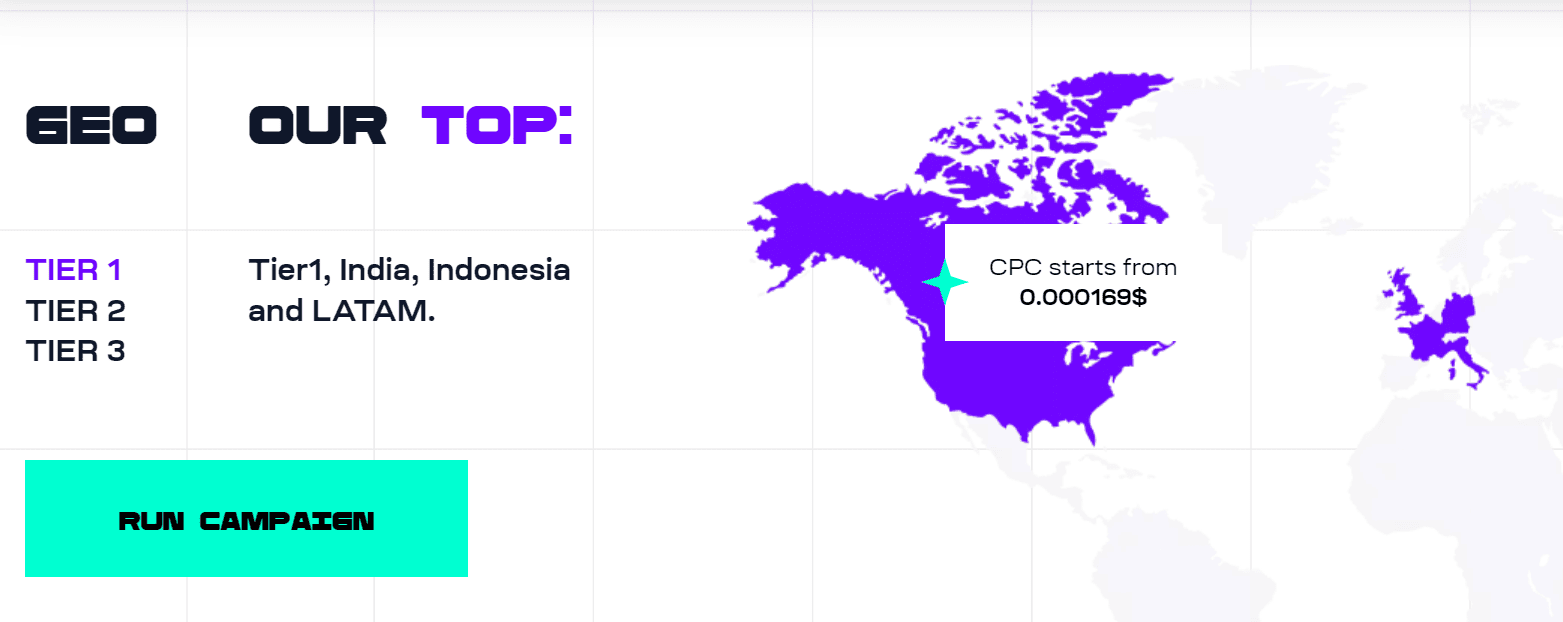
20 Additional Strategies to Generate Traffic
Let's check out 24 recommendations to increase your website traffic and answer the question, "Where can I get more traffic?" Just remember, different marketing tools work for different situations, so what works well in one case might not be as useful in another.
- Use visual content: Many people prefer watching videos or looking at images rather than reading lengthy text. When people go online to relax, they enjoy watching videos on YouTube or scrolling through TikTok. By incorporating visual content like images and videos, you can capture the attention of the audience more effectively.
- Study your competitors: A simple way to choose the right advertising strategies is to look at what your competitors are doing. Take a look at 5-7 competitors in your industry and see what works well for them.
You can find competitors through search engines, the Facebook Ads Library, or niche ratings. Spend some time searching for relevant keywords related to your business. You can also use the "Auction Statistics" tool on Google Ads to see which websites your ads are competing with and identify competitors that consistently appear in search results.
There are also specialized tools like SemRush, SimilarWeb, or Ahrefs that provide insights into traffic, audience sources, session duration, the number of buyers, and advertising campaigns. Choose competitors who have good performance indicators and analyze them in more detail. - Stay up-to-date with trends: Trends change quickly, and if you don't keep up, you may lose out on traffic and customers. This is especially important in rapidly developing fields like cryptocurrency or technology.
To stay on top of trends, read news articles, visit niche websites, and follow influential people in your industry. You can also use Google Trends to see the popularity of search queries in your desired geo. - Engage with others: Engaging with users on other websites or influencer pages can be very beneficial. Taking a few minutes to leave a comment can bring additional traffic to your website and generate leads.
- Make your website responsive: Most website traffic comes from mobile devices, especially in regions like Asia and Africa where there are many countries with developing economies. It's important to ensure that your website is responsive and works well on different screen sizes.
This can be achieved by using adaptive design techniques to make your website compatible with mobile devices. - Improve website loading speed: Every second counts when it comes to how quickly your website displays its content. Research from Website Builder Expert has found that if it takes more than four seconds for a website to load, about one in four users will leave. To prevent potential customers from leaving your site, it's crucial to optimize its loading speed and make sure it loads quickly.
- Optimize images for better SEO: Optimizing the images on your website can greatly improve its search engine optimization (SEO) and attract more traffic. This can be done by giving your images descriptive file names, adding alt tags that accurately describe what the image is about, and compressing the images to reduce their file sizes.
Doing this helps search engines understand your images better and index them properly, which can lead to better visibility in search results and drive more organic traffic to your site. - Use internal linking: Internal linking refers to strategically linking relevant pages and content within your website. By doing this, you can guide users to explore more of your site, provide them with additional information, and potentially convert them into future clients.
- Encourage custom content: Encouraging users to create content is one of the best ways to demonstrate real activity on a website or social network. This greatly increases the confidence of new readers and automatically piques their curiosity about what all these people are doing here.
- Post reviews: The logic remains the same as in the previous paragraph. Positive reviews help build trust in the site and attract traffic.
- Collaborate with influencers: A simple collaboration or paid advertising with a famous blogger can bring many more visits to the site than a multi-month campaign. Some influencers have the trust of their subscribers and can naturally promote almost any product or service.
- Use local SEO: When a site is optimized for local searches, people in the specified geo or those looking for services in a particular geo can easily discover it. This not only increases traffic but also improves its quality because visitors are already interested in what is being offered.
- Start a podcast: Hosting niche-related podcasts is a unique way to reach new audiences. People driving a car or cleaning the house can listen to interesting information. Some listeners may visit the site.
- Conduct webinars: Webinars enhance brand authority. Even if you cannot attract the attention of new users without proper PR, they work extremely well as a retargeting tool to increase traffic.
- Optimize your email marketing: Personalized emails with up-to-date information about the product can significantly increase interest in the site or regain the attention of previous customers. However, this topic deserves separate analysis, and it would be even better to have an email marketer on the team.
- Conduct online competitions: Running a couple of online competitions with attractive prizes is one of the options for quickly increasing website traffic. They can go viral and significantly boost traffic. Prizes do not have to be expensive; for example, they can include native tokens of crypto projects, free consultations from specialists, or access to a closed community.
- Launch partnerships: Collaborating with other brands significantly increases your reputation amongst the target audience and, most importantly, helps attract a pre-engaged audience to the site.
- Take interviews: Sometimes, you may run out of content ideas altogether. It's normal to face writer's block or encounter challenges. In such cases, you can try interviewing an opinion leader in your niche. The person will share their opinion and then inform their subscribers about you. It's a win-win situation.
- Listen to the audience: Sometimes, it is beneficial to listen to your users. They can provide valuable insights into their needs, wishes, and problems they may have encountered. In return, the business gains more loyalty and traffic because people appreciate being heard.
- Use retargeting campaigns: Retargeting is designed to attract visitors who left the site and can significantly increase the number of customers and conversions. It would be a good idea to remind users that they have not completed their order and show a couple of new offers.
By following these recommendations and incorporating them into your overall strategy, you can attract a diverse audience and increase both the quantity and quality of visitors to your website. It's important to remember that in order to drive more traffic to your site, you need to continuously adapt your strategies and be open to trying different approaches. If one method doesn't work as expected, don't be afraid to explore other options and experiment until you find what works best for your website.
Conclusion
Boosting your website's traffic involves using key methods like PPC advertising, SEO, targeting strategies, and a well-thought-out marketing approach. These aren't just tricks – they're the foundation for a strong online presence. But, remember, there's no one-size-fits-all solution in the digital world. What works in one situation might not work the same way in another because the online landscape is as diverse as its users.
To attract more visitors to your site, it's not just about using different methods; it's about customizing those methods to match them with your specific goals, target audience, and industry. Whether you're into contextual advertising, SEO, targeted ads, or social media promotion, each method has its pros and cons.
Understanding your business goals, knowing your audience, and combining these strategies sensibly are the real keys to success.



